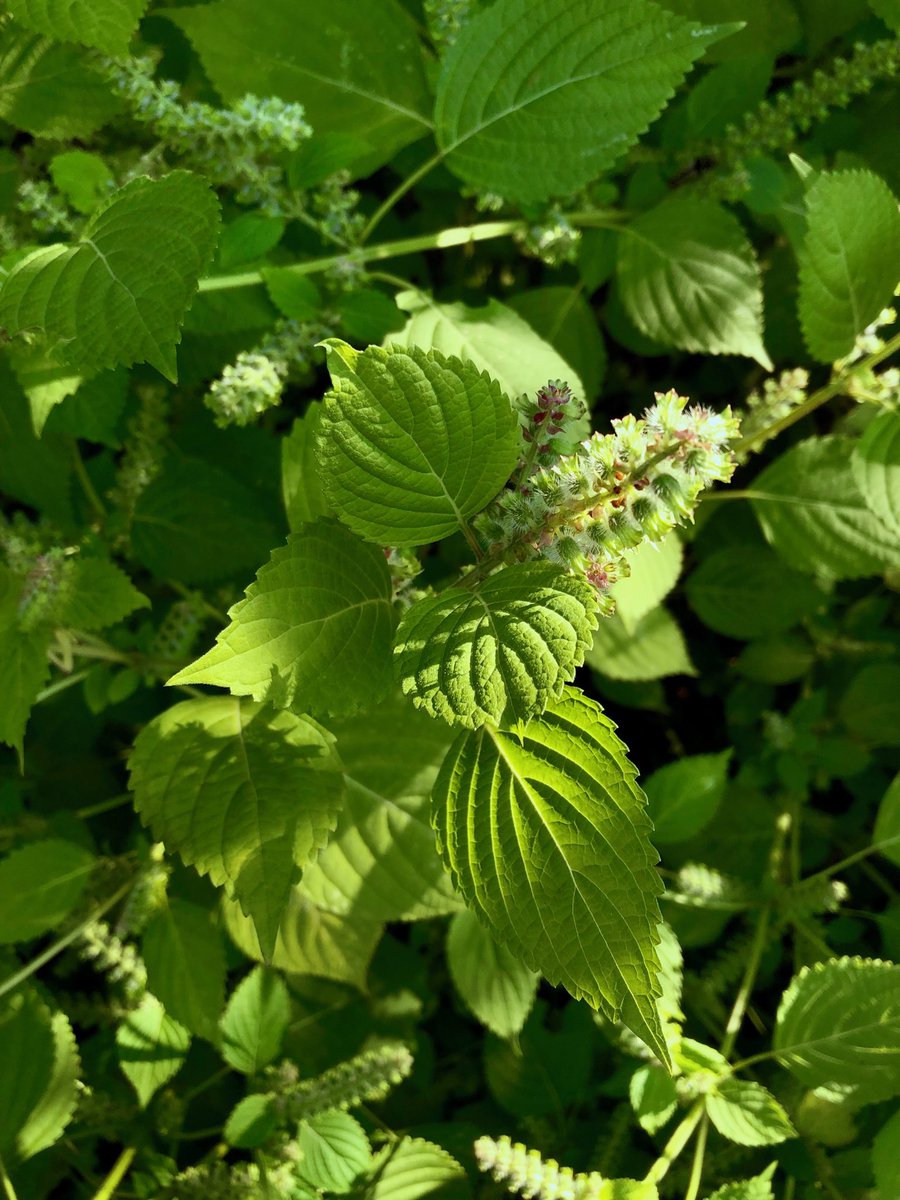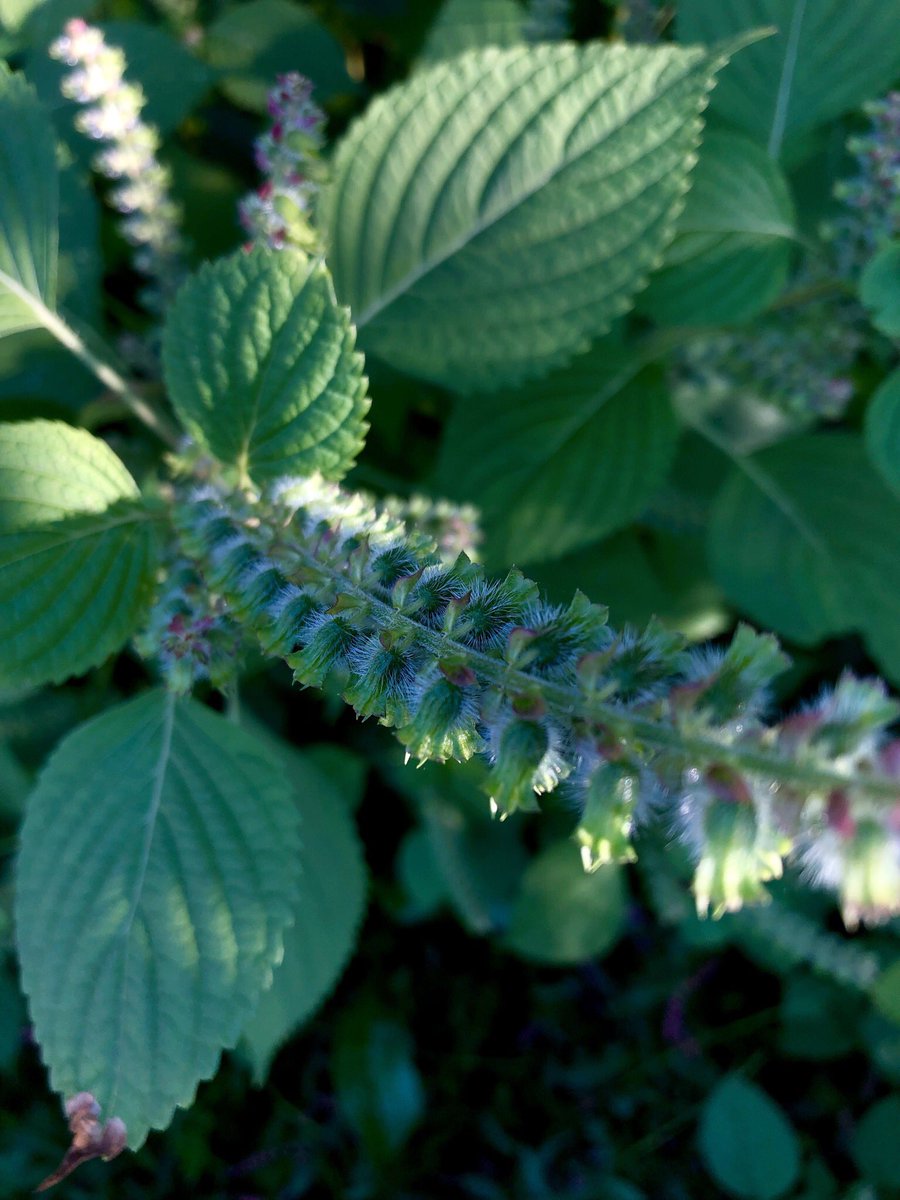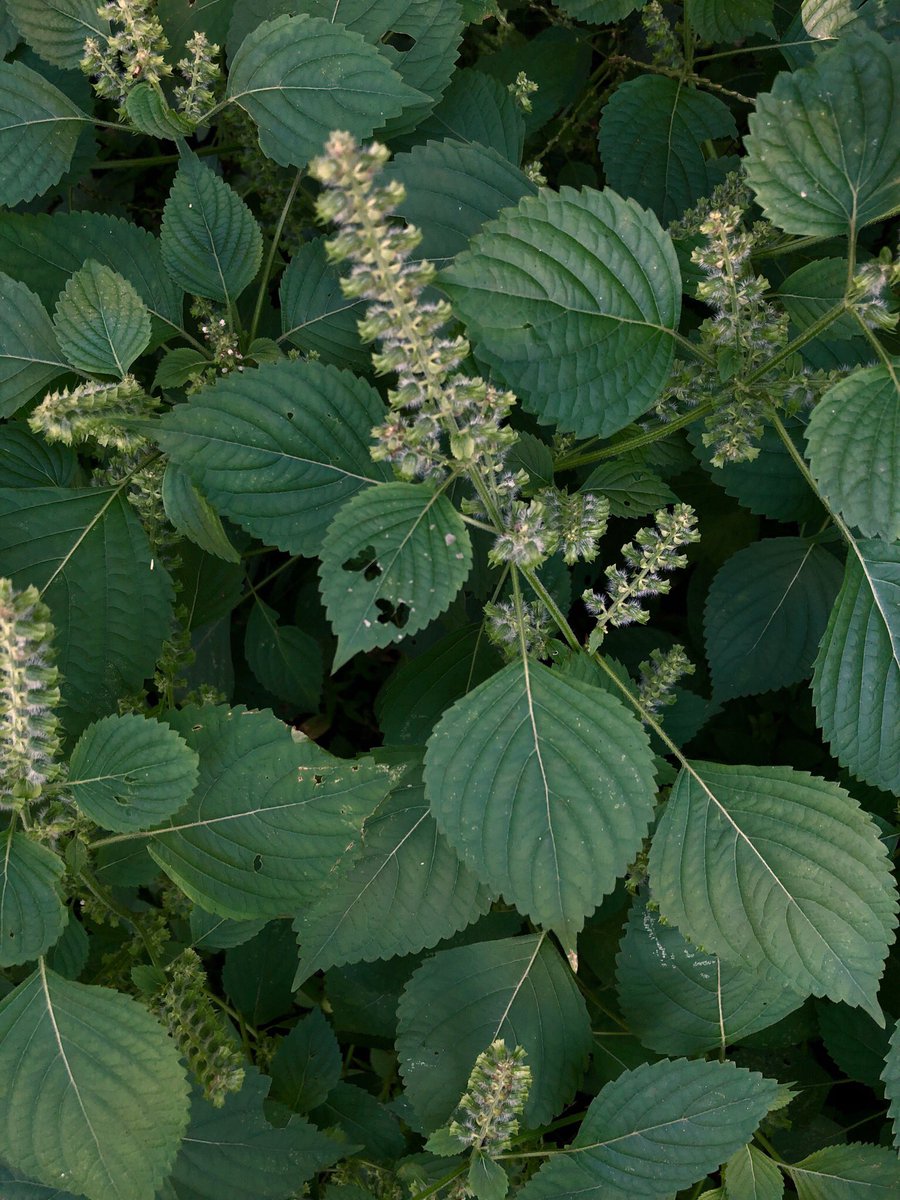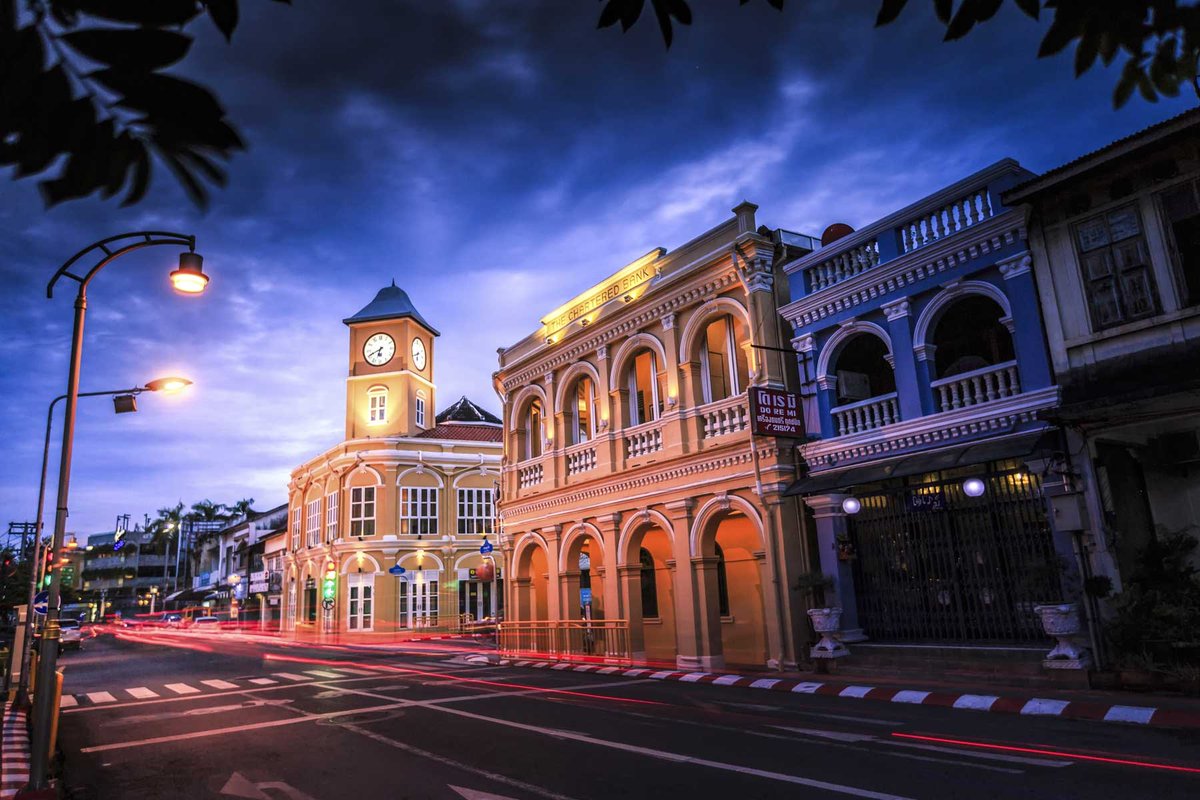
Before elevators the classic 5+2 Parisian apartment house looked much the same as good apartment buildings have done since the days of ancient Rome. Far more economically diverse than today: shops on ground floor, the rich on top of that, then middle class, at top, working class. 
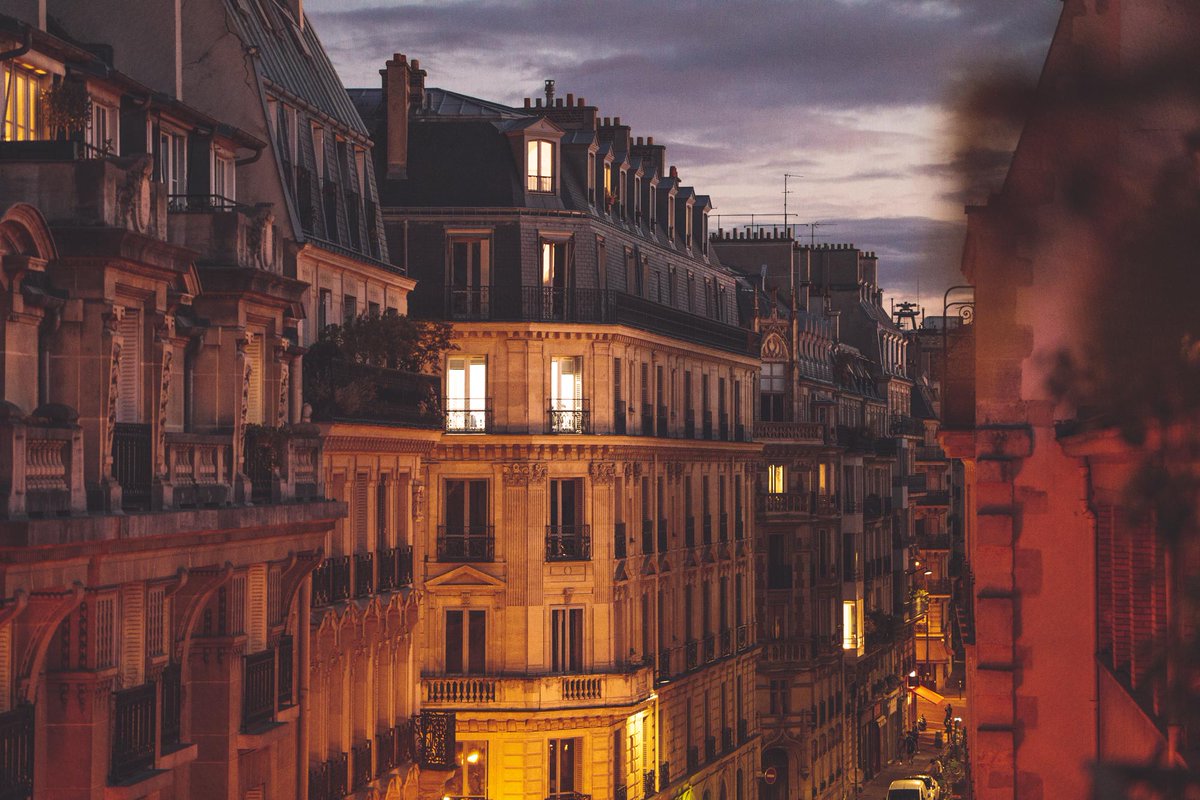
Rich people weren't interested in walking up all those stairs, so the higher you got in the house the smaller and cheaper the apartments got. Today we have elevators, so these houses are more economically homogenous than they used to be, often the top floor is the most expensive. 
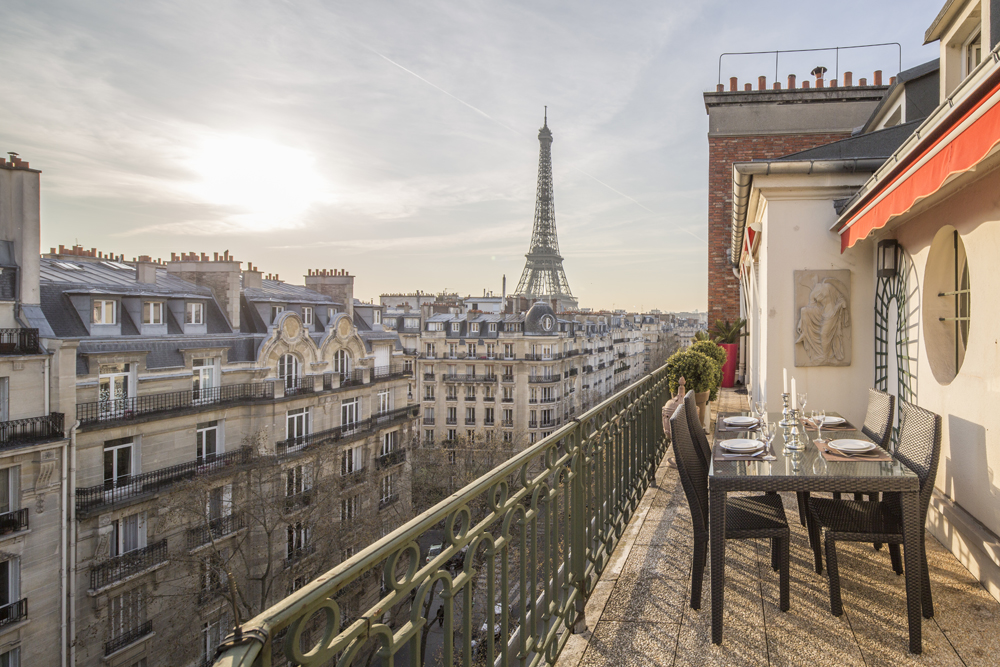
A good example of what life was like on the top floor can be seen in the sweet 1947 film "Antoine and Antoinette", a young married couple at 46 avenue de Saint-Ouen, Paris 18th arr. at unbelievably densely populated 46,000/km². Modern Manhattan has a mere 10,194/km². 


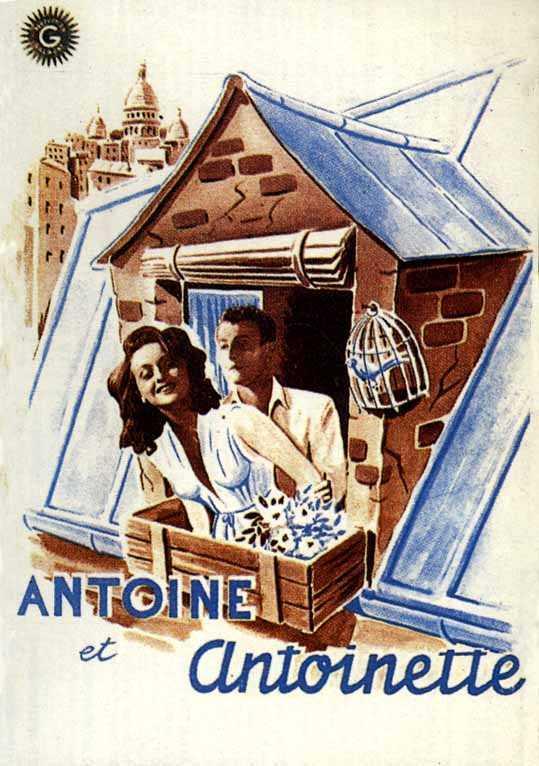
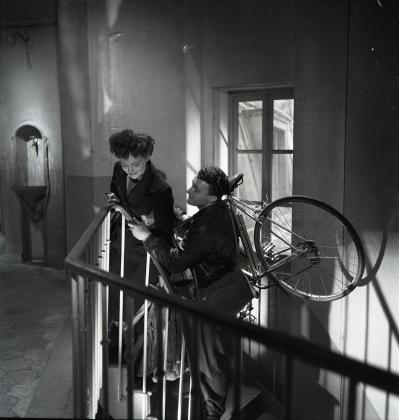
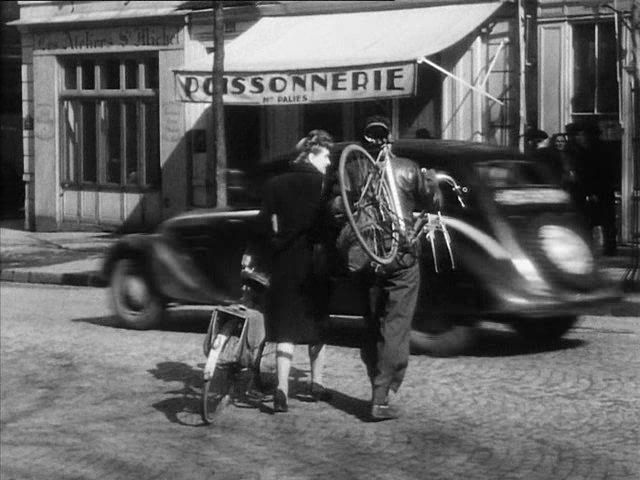
Their building occupies 177m² and houses about 55 people today, probably more in 1947. Built in 1900, it would hardly be affordable to working class couples today. Their 25m² (maybe?) flat would cost at least $250,000, without the rich social life, but with an elevator. 
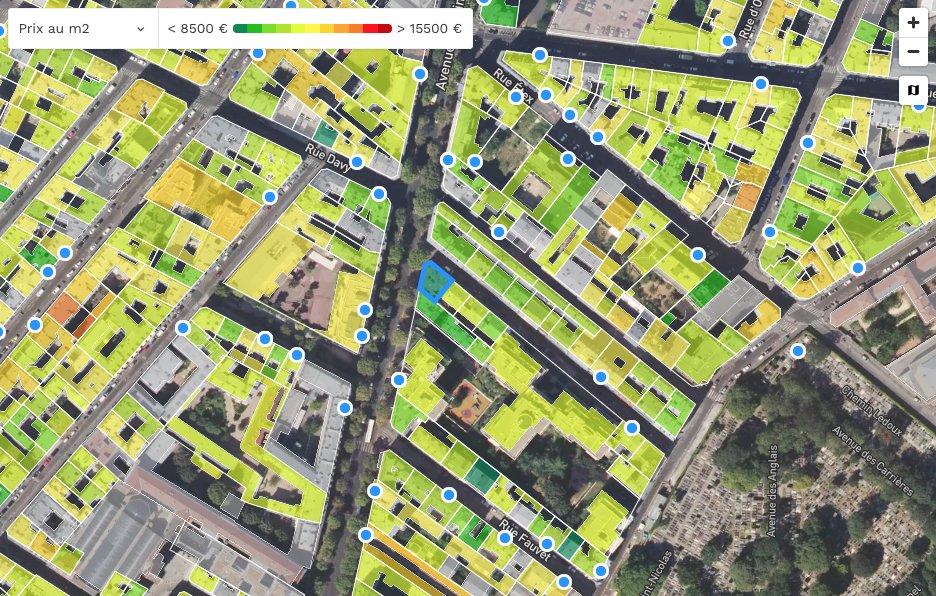
• • •
Missing some Tweet in this thread? You can try to
force a refresh








